You may remember I mentioned Mary’s grandfather Samuel Hope, who was a prominent banker, after who Hope St. in Liverpool was named. Well I’ve found out a little more about him.
Hope Street was not named after Samuel but his father- Mary’s great-grandfather, William Hope who was a mercer and draper. He was the first to build a house on that street where the Philharmonic now stands. Samuel Hope started a partnership with George Holt called Samuel Hope & Co. They were cotton brokers, however they decided to become bankers as well. In 1823 they dissolved this partnership and the businesses were divided.
Samuel Hope who had originated the cotton business, became banker solely , and George Holt to whom it is said that the initiation of the banking business was due, became cotton broker solely.
John Hughes, Liverpool Banks and Bankers 1760-1837: a history of the circumstances which gave rise to the industry, and the men who founded and developed it, H. Young & Sons, 1906, p.208
Samuel still used the name Hope & Co. with Edward Burrell. They were very wealthy and converted the private bank into a joint-stock company under the title of the Liverpool Borough Bank with a capital of £500,000 in £10 shares. They had lots of support as 32,000 out of the 50,000 shares were appropriated before public issue.
Unfortunately after Samuel died in 1837 the bank went to ruin, when ‘much imprudent business was done.’ This escalated in 1847 because of ‘excessive railway speculations’ unfortunately the Bank of England had to intervene and then ten years later universal distrust in America caused all major banks to panic, this had a knock on effect in England.
On 27th October 1857 the Borough Bank closed its doors. On examination of affairs it was found that its bad debts were exceedingly large. Some £600,000 to £700,000, previously taken as good, were now found to be almost valueless. They had £3,500,000 bills in London with the endorsement of the bank, and this amount some £700,000 to £1,000,000 “had no negotiable validity at all except that endorsement.” The whole total loss was estimated at £940,000 the whole capital of the bank being thus swept away.
Hughes, pp.213-4
That would be a lot of money lost today, but back then it must have been unfathomable. I wonder if this had an effect on Samuel’s family or whether they divorced themselves from the bank after Samuel had died. John Hughes book, Liverpool Banks and Bankers 1760-1837, also gives an insight into Samuel himself. He lived in Everton after purchasing houses there in 1828 which he knocked down and built a ‘spacious and elegant mansion’. So the Hopes were clearly a respectable and wealthy family. Samuel Hope was described…
To the poor and uneducated he has been, and still continues to be, a fervent, active, and sincere friend.
Syers, History of Everton, Liverpool, 1830 in Hughes, p.207
Hughes describes Samuel as well, I think the likenesses between him and Mary are quite prominent…
He was a man of considerable strength of character, and had pronounced Liberal views. In philanthropic endeavours he was ever to the fore, and he was earnest in his promotion of educational improvement.
Hughes, p.212
It seems he was also quite political and had strong views.
He identified himself strongly with the anti-slavery movement, and was an influential speaker at public meetings… A sturdy Nonconformist Mr. Hope took the chair on two occasions in 1837 when the question of the abolition of church rates occupied public attention.
Hughes, p.212
Sorry lots of information there, but hope you find it interesting!
Melanie

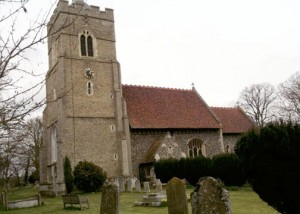
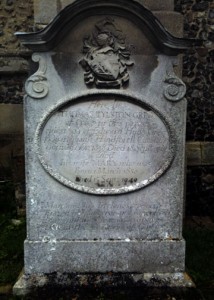
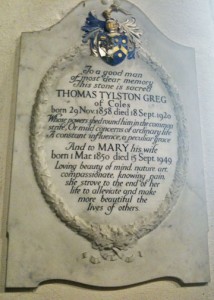
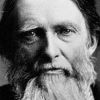
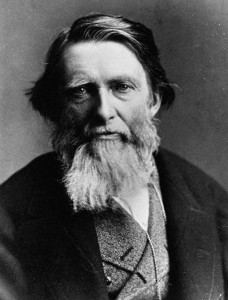
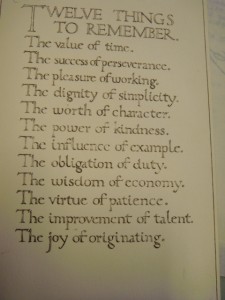
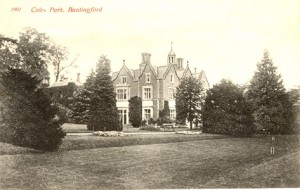
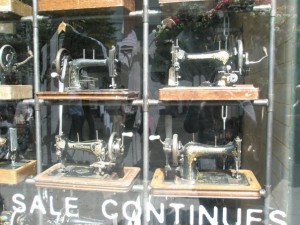
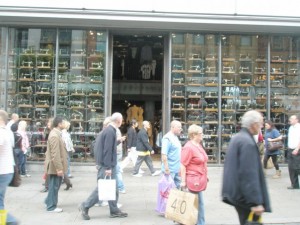



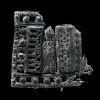
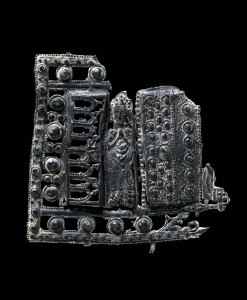
Comments